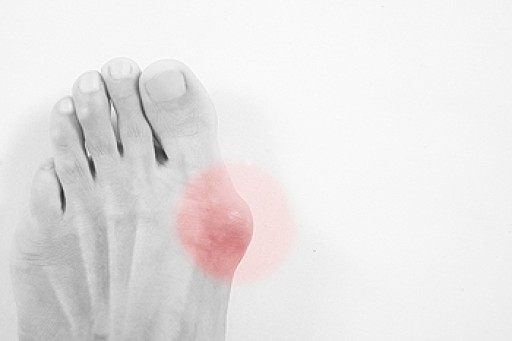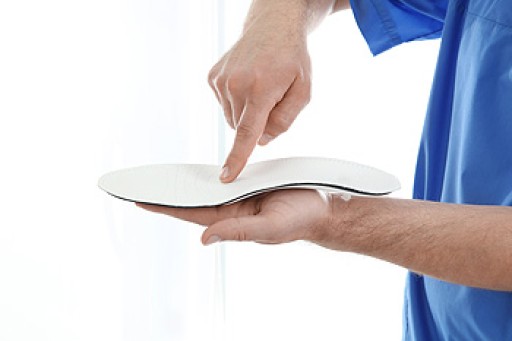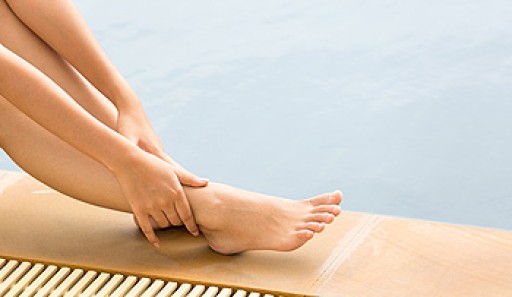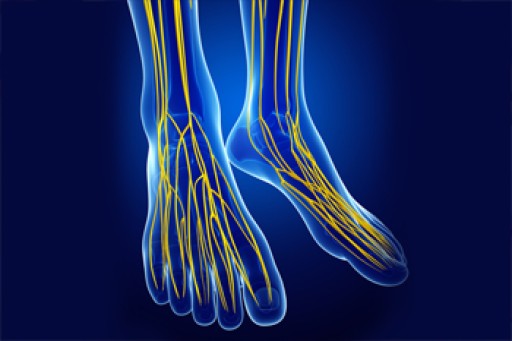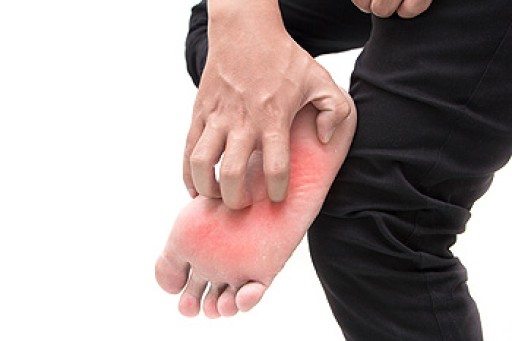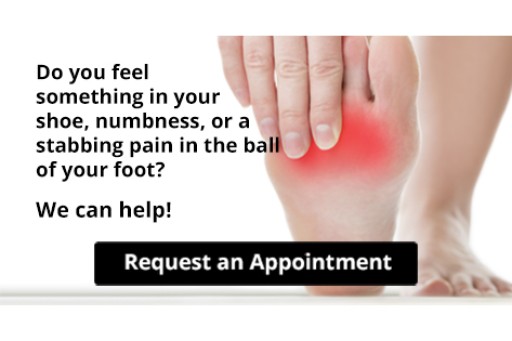 A common form of arthritis that is known as gout may be prevalent among men over the age of forty. This painful condition can be caused by genetic factors, or from eating foods that have elevated levels of purines. This may cause crystals to form in the joints, and often affects the big toe. These types of foods can include shellfish, alcohol, red meat, or drinks that have high sugar levels. The pain typically starts at night, and in severe attacks, anything that touches the affected area may be intolerable. This condition can be diagnosed by performing a joint aspiration. This technique involves extracting a small amount of fluid from the affected joint, followed by analyzing it for high levels of uric acid. There are specific medications that may be available for the treatment of gout. Additionally, these types of attacks may be prevented when healthy eating habits are implemented into your daily routine. If you are experiencing gout, it is suggested that you speak with a podiatrist who can guide you toward proper treatment options.
A common form of arthritis that is known as gout may be prevalent among men over the age of forty. This painful condition can be caused by genetic factors, or from eating foods that have elevated levels of purines. This may cause crystals to form in the joints, and often affects the big toe. These types of foods can include shellfish, alcohol, red meat, or drinks that have high sugar levels. The pain typically starts at night, and in severe attacks, anything that touches the affected area may be intolerable. This condition can be diagnosed by performing a joint aspiration. This technique involves extracting a small amount of fluid from the affected joint, followed by analyzing it for high levels of uric acid. There are specific medications that may be available for the treatment of gout. Additionally, these types of attacks may be prevented when healthy eating habits are implemented into your daily routine. If you are experiencing gout, it is suggested that you speak with a podiatrist who can guide you toward proper treatment options.
Gout is a painful condition that can be treated. If you are seeking treatment, contact one of our podiatrists from Canonsburg Podiatry Associates. Our doctors will treat your foot and ankle needs.
What Is Gout?
Gout is a form of arthritis that is characterized by sudden, severe attacks of pain, redness, and tenderness in the joints. The condition usually affects the joint at the base of the big toe. A gout attack can occur at any random time, such as the middle of the night while you are asleep.
Symptoms
- Intense Joint Pain - Usually around the large joint of your big toe, and it most severe within the first four to twelve hours
- Lingering Discomfort - Joint discomfort may last from a few days to a few weeks
- Inflammation and Redness -Affected joints may become swollen, tender, warm and red
- Limited Range of Motion - May experience a decrease in joint mobility
Risk Factors
- Genetics - If family members have gout, you’re more likely to have it
- Medications - Diuretic medications can raise uric acid levels
- Gender/Age - Gout is more common in men until the age of 60. It is believed that estrogen protects women until that point
- Diet - Eating red meat and shellfish increases your risk
- Alcohol - Having more than two alcoholic drinks per day increases your risk
- Obesity - Obese people are at a higher risk for gout
Prior to visiting your podiatrist to receive treatment for gout, there are a few things you should do beforehand. If you have gout you should write down your symptoms--including when they started and how often you experience them, important medical information you may have, and any questions you may have. Writing down these three things will help your podiatrist in assessing your specific situation so that he or she may provide the best route of treatment for you.
If you have any questions, please feel free to contact our office located in Canonsburg and McMurray, PA . We offer the newest diagnostic and treatment technologies for all your foot care needs.
